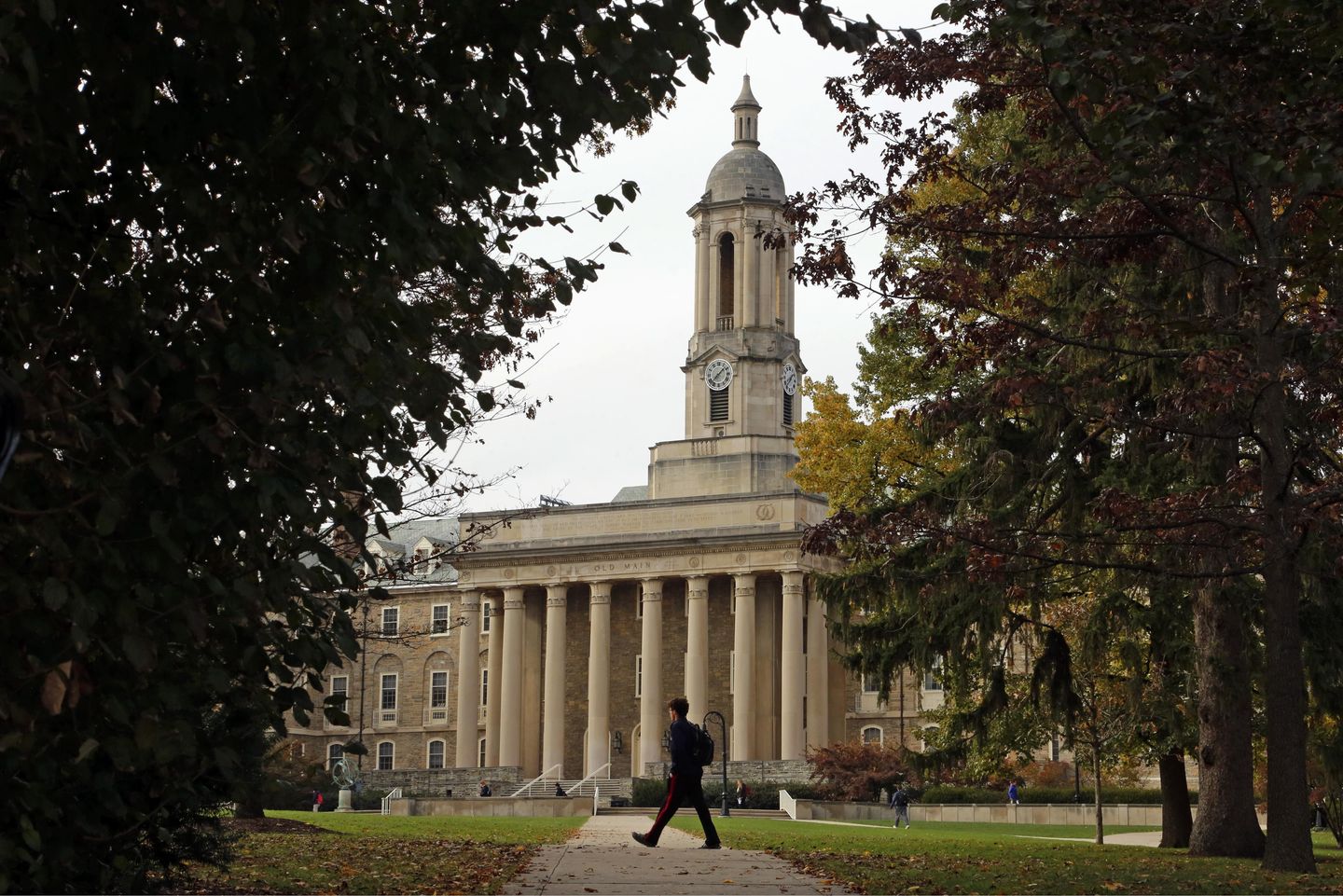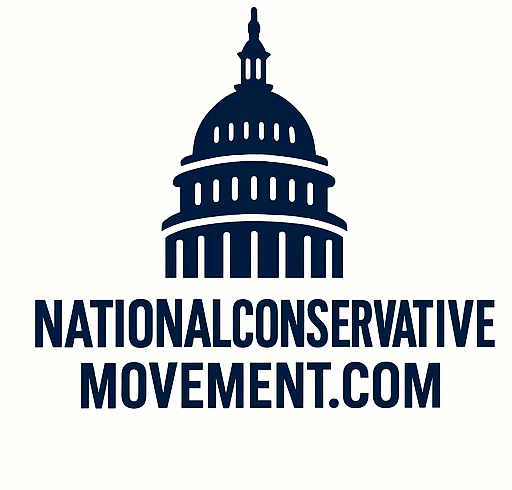
Recent surveys show a sharp increase in college administrators complaining about the Federal Student Aid process as the Trump administration implements mass layoffs, a higher education trade group reported Wednesday.
The National Association of Student Financial Aid Administrators found that the share of institutions accusing the Education Department’s financial aid arm of unresponsiveness and processing delays jumped from 59% in May to 72% in July.
Over the same period, the portion of colleges and universities reporting student confusion about financial aid nearly doubled, from 32% to 51%.
The association said it surveyed financial aid officers at 547 of its over 2,800 member institutions in July to track the impact of the Trump administration’s effort to cut nearly half the Education Department’s staff as it works to eliminate the federal agency. In May, it surveyed 904.
“Financial aid administrators are resourceful and committed, but there’s only so much they can do to shield students from these disruptions,” NASFAA CEO Melanie Storey said in a statement. “If federal service channels don’t stabilize soon, the nation’s student aid system could become less accessible, less predictable and less trusted — at the very moment students and families need it most.”
The July survey also found that 43% of colleges said their FSA regional office had closed. Nearly one-quarter said they were deferring tasks or redistributing staff responsibilities due to the mass layoffs.
As of last month, 63% of colleges that submitted their required paperwork to receive federal aid said it had not been processed.
“With fewer federal staff available to resolve issues, institutional staff have had to take on added troubleshooting, repeated follow-up and administrative workarounds, taking time away from direct service to students,” the survey concluded.
In response, Education Department officials criticized the association for surveying less than 10% of the roughly 5,800 campuses that receive financial aid and focusing largely on public universities opposed to President Trump’s policies.
They blamed any glitches in the system on a backlog of applications from the Biden administration.
“It is an embarrassment for NASFAA to release a ‘survey’ that blatantly parrots falsehoods and is not representative of the higher education community nor the American people’s overwhelming charge for change,” said Ellen Keast, the Education Department’s deputy press secretary. “Clearly, NASFAA is peddling a false narrative to preserve the status quo.”
Ms. Keast added in her statement that the president’s One Big Beautiful Bill includes an overhaul of the system that “will lower costs for students and finally hold institutions accountable.”
Signed July 4, the bill includes an accountability provision that ends federal student loans for degree programs that can’t show their alumni earn more than the average high school graduate.
The Education Department has also simplified the options for repaying student loans in recent months, ending a Biden administration plan to forgive billions of dollars in higher education debt.
According to Ryan Waite, an adjunct marketing professor at Brigham Young University-Hawaii, the changes will make it harder for small private colleges, rural campuses and regional public universities to survive.
“Cuts to financial aid and public funding will reduce college access for low-income students and first-generation learners,” Mr. Waite said Wednesday. “Fewer students will enroll, and those who do will face greater financial strain.”
Meanwhile, the Trump administration has pledged to execute a March executive order to close the Education Department to the “maximum extent” allowed by law.
The Supreme Court ruled on July 14 that the agency could proceed with laying off nearly 1,400 employees it placed on paid administrative leave following that order, including over 300 in the department’s Office of Federal Student Aid.
Tom O’Hare, the Massachusetts-based founder of Get College Going, which advises families about their educational options, said the administration’s explanations haven’t dispelled concerns about the changes.
“I have one client who submitted their annual [student aid] recertification in April, and it is still pending review,” Mr. O’Hare said. “With limited staff, including those trained to analyze and problem solve unique family and enrollment scenarios, the system could hit its breaking point.”
Other analysts noted that the Biden Education Department’s larger workforce botched the fall 2023 rollout of a revamped Free Application for Federal Student Aid, creating unprecedented delays. They said that lends credence to the agency’s claim that officials are still processing backlogged applications.
“These disruptions stemmed from policy and system changes, not from staffing reductions, since the mass layoffs had not yet occurred,” said Jessica Bartnick, CEO of the Foundation for C.H.O.I.C.E., which mentors disadvantaged children in North Texas.
Peter Wood, president of the conservative National Association of Scholars, said Wednesday’s survey likely reflects the “growing pains” of Trump administration efforts to make federal student aid more cost-effective and streamlined.
“I have no doubt there are glitches that will be felt as a hardship by some colleges and universities as the department works to bring a greater order and efficiency that were sorely lacking in the last administration,” said Mr. Wood, a former associate provost at private Boston University.











